Even Wildland Firefighters Need Help to Handle Wildland Fire Risk
When it was time to retire for Roy and Karen Stock and their friends, all their friends headed south to the warmth, but the Stocks made the decision to move north. After years of vacationing in Montana, they wanted a place with mountain views and big open skies. But rather than purchase a small bungalow like other retirees, they decided to take on a much bigger adventure—75 acres of forestland tucked into the Big Belt Mountain Range in Cascade.
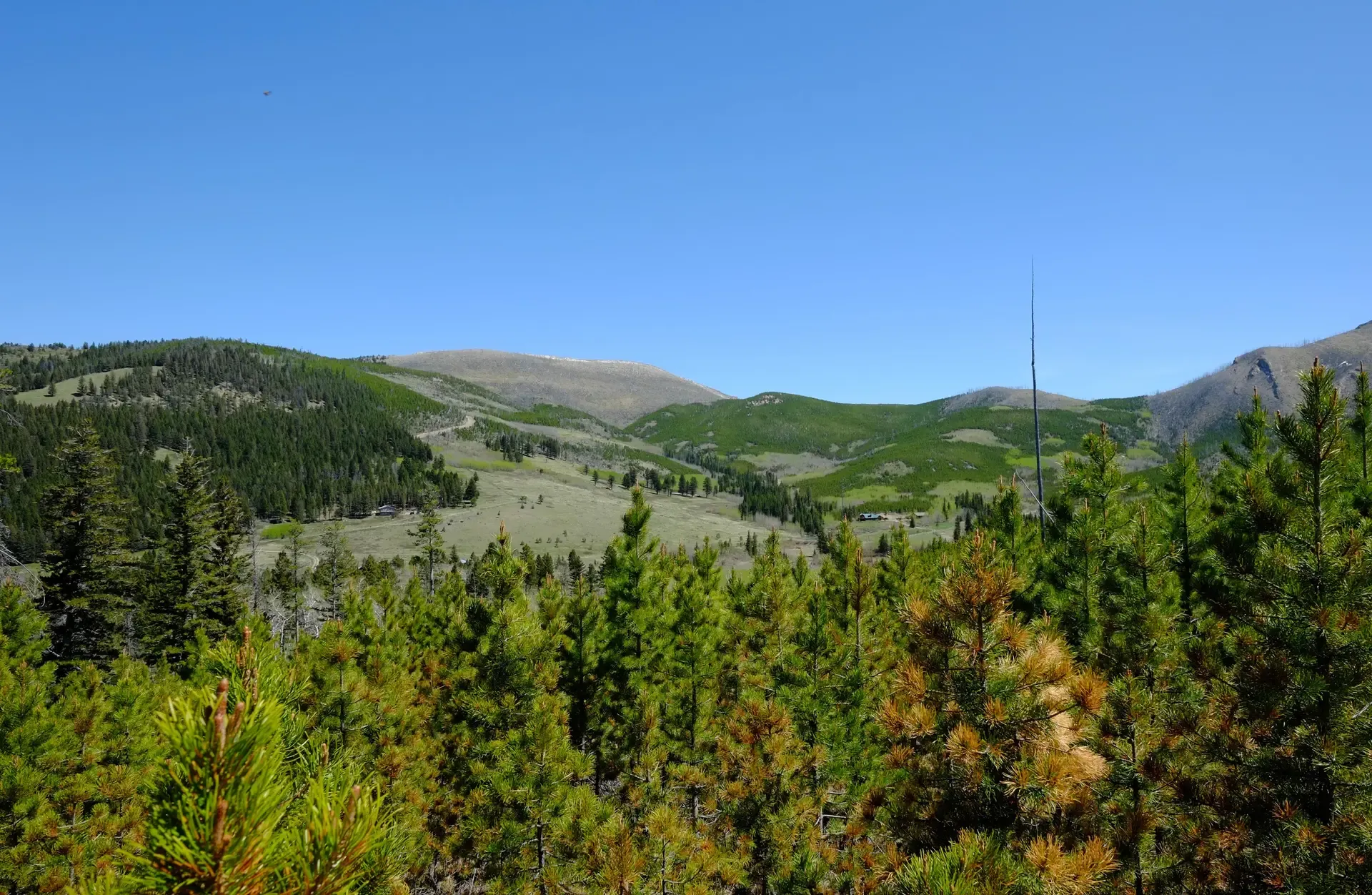
The first few years of owning forestland was a dream, with blue-ribbon fly fishing streams only moments away. But within a few short years of living in Cascade, a wildland fire burned through their community. Many, including some of their friends, had to evacuate and lost portions of their forestland. The Stocks and their home and land were safe, but the event was a wake-up call, alerting them that living in their mountain paradise came with certain risks and responsibilities.
Afterwards they decided they wanted to help their community and friends in case another fire struck, by volunteering as rural wildland firefighters. They had no experience or concept of what being a firefighter involved, but over the next two years, they immersed themselves in their new roles, picking up as much knowledge as they could. They got more and more involved, and soon, took on larger roles with Roy becoming chief of the Dearborn Volunteer Fire Department and Karen becoming the Public Information Officer.
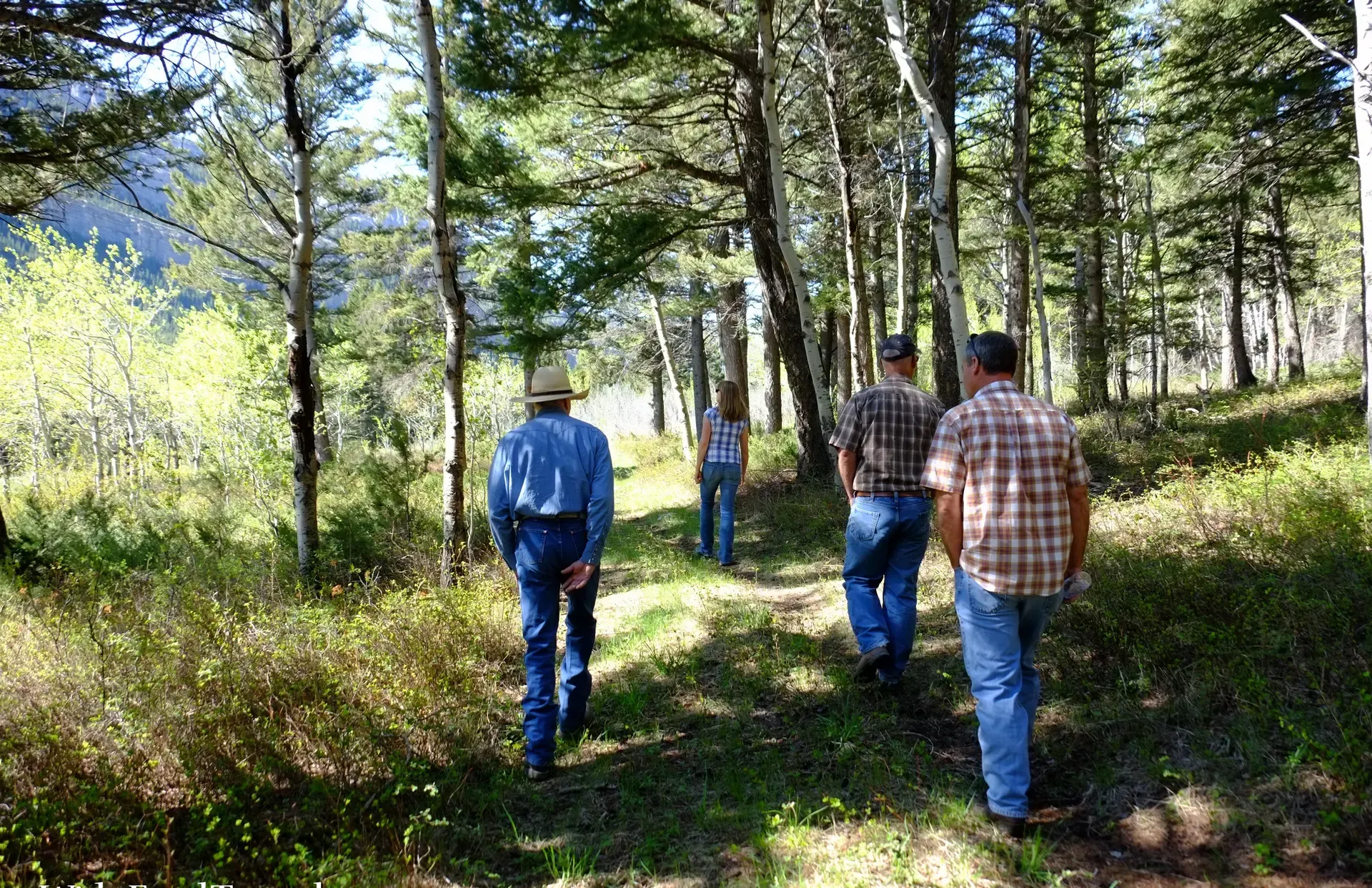
Their roles as wildland firefighters opened their eyes to the importance of fire prevention, and they soon realized conditions around their home and across their land needed to be improved. Seventy-five acres is a lot of land.
For the past decade, the Stocks have worked diligently. They have done what they could to improve their forest and create healthy habitat by addressing invasives and occasionally thinning. But with their major roles in the fire department, they did not always have big chucks of time for forest management. They couldn’t keep up with it alone.
Then one day they received a letter about a new program, called the Golden Crown Stewardship Initiative (GCSI), run by the American Forest Foundation and the Montana Department of Conservation and Natural Resources. It offered landowners a chance to meet with a forester and options for cost-share assistance to reduce wildland fuel lands. The Stocks were more than receptive to such an offer. They called the number immediately and set up a meeting.
Within a few weeks, thanks to GCSI, a forester came out to their property. They walked through the ponderosa pine and dense mixed-conifer stands together, and the forester explained their options. The Stocks were attentive and decided to act immediately. They had the forester write up a treatment plan and help them apply for cost-share assistance to have their trees thinned on roughly one-third of their property.
Knowing that others in their community also struggled with hazardous fire conditions, the Stocks began sharing the news of the program with their neighbors and community. While most neighbors listened and nodded, they did not immediately act. The Stocks hope, once their thinning is complete, that as their neighbors drive to and from their homes they will see first-hand how conditions change in a forest when fire hazards are addressed.
“Forest health is a necessity not just to watersheds and habitat but to life and safety. People in our community rely on my department to protect them but truth be told, the landscape is too big and our resources too small,” said Roy. “Efforts like the Golden Crown Stewardship Initiative, led by groups like AFF make a real difference in rural communities like Cascade. I hope soon more of our neighbors will take advantage of this opportunity.”
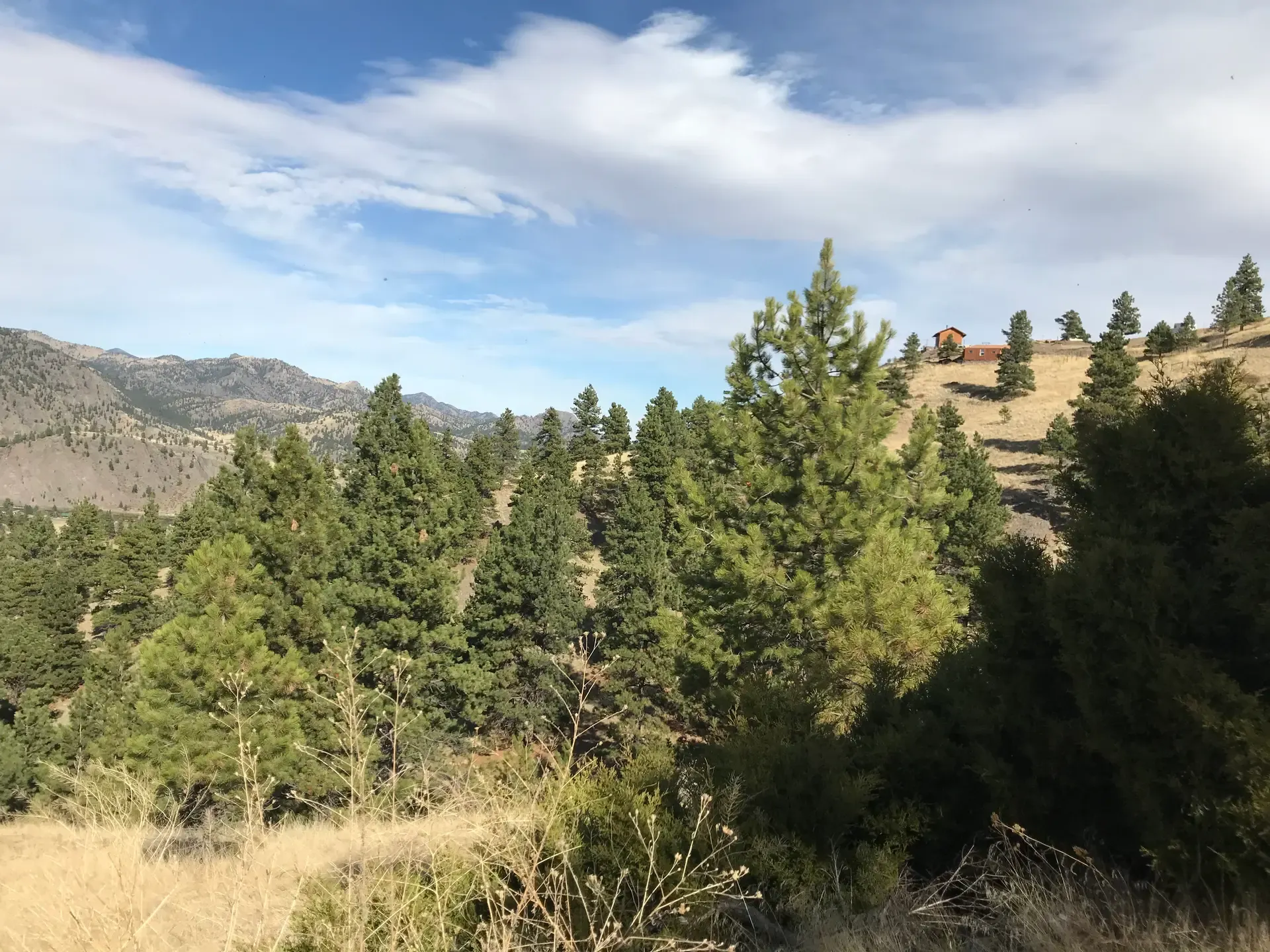
Related Articles
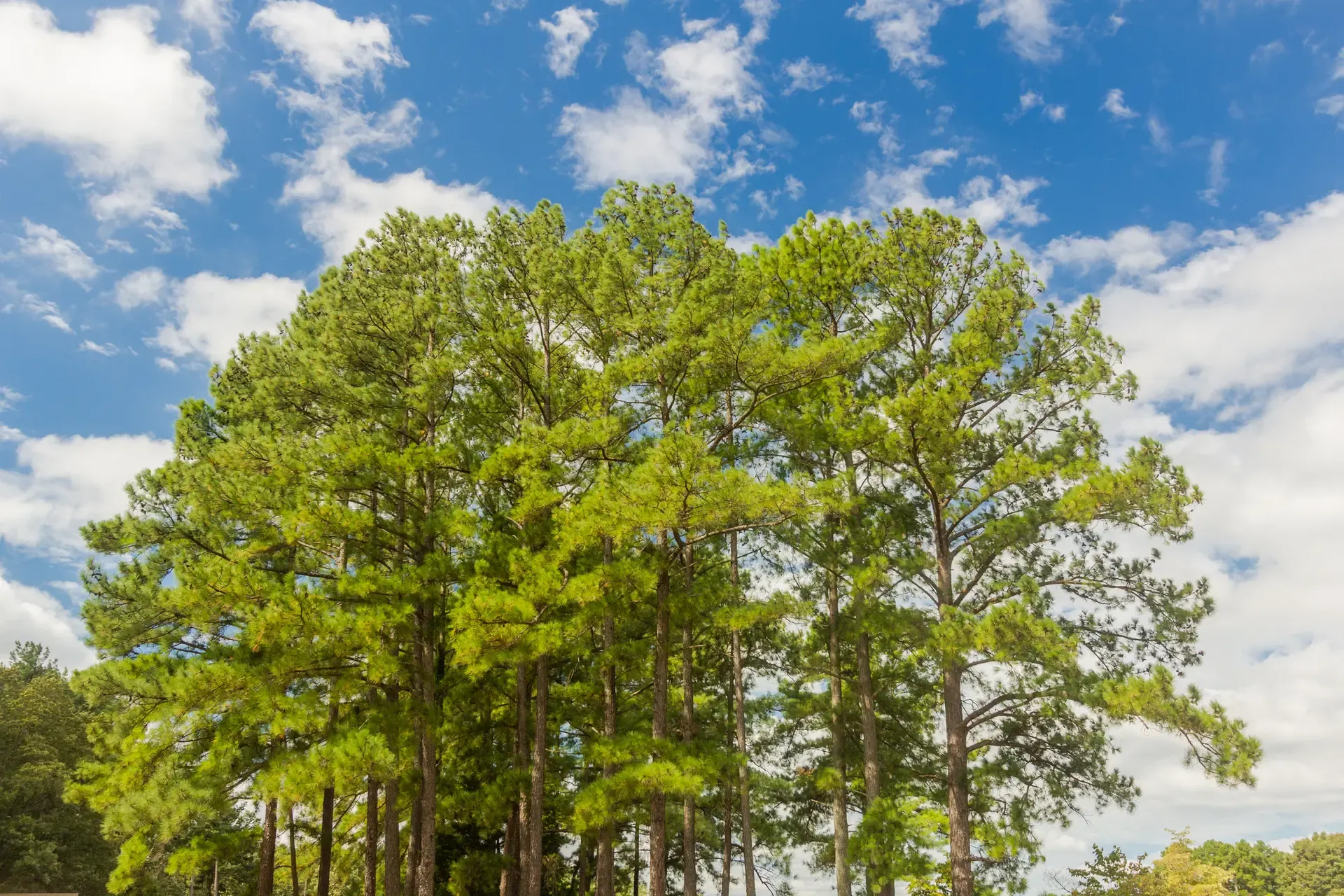
June 3, 2025
Why Wildlife Loves Loblolly—And How These Pines Can Benefit Your Land
A quiet stretch of pine trees can offer more than just scenery—it can provide vital habitat for wildlife across every season. Loblolly pine, the most common native tree species in the Southeast, plays a particularly important role in creating habitat for a wide variety of game and non-game species, from wild turkeys and rabbits to songbirds and squirrels.
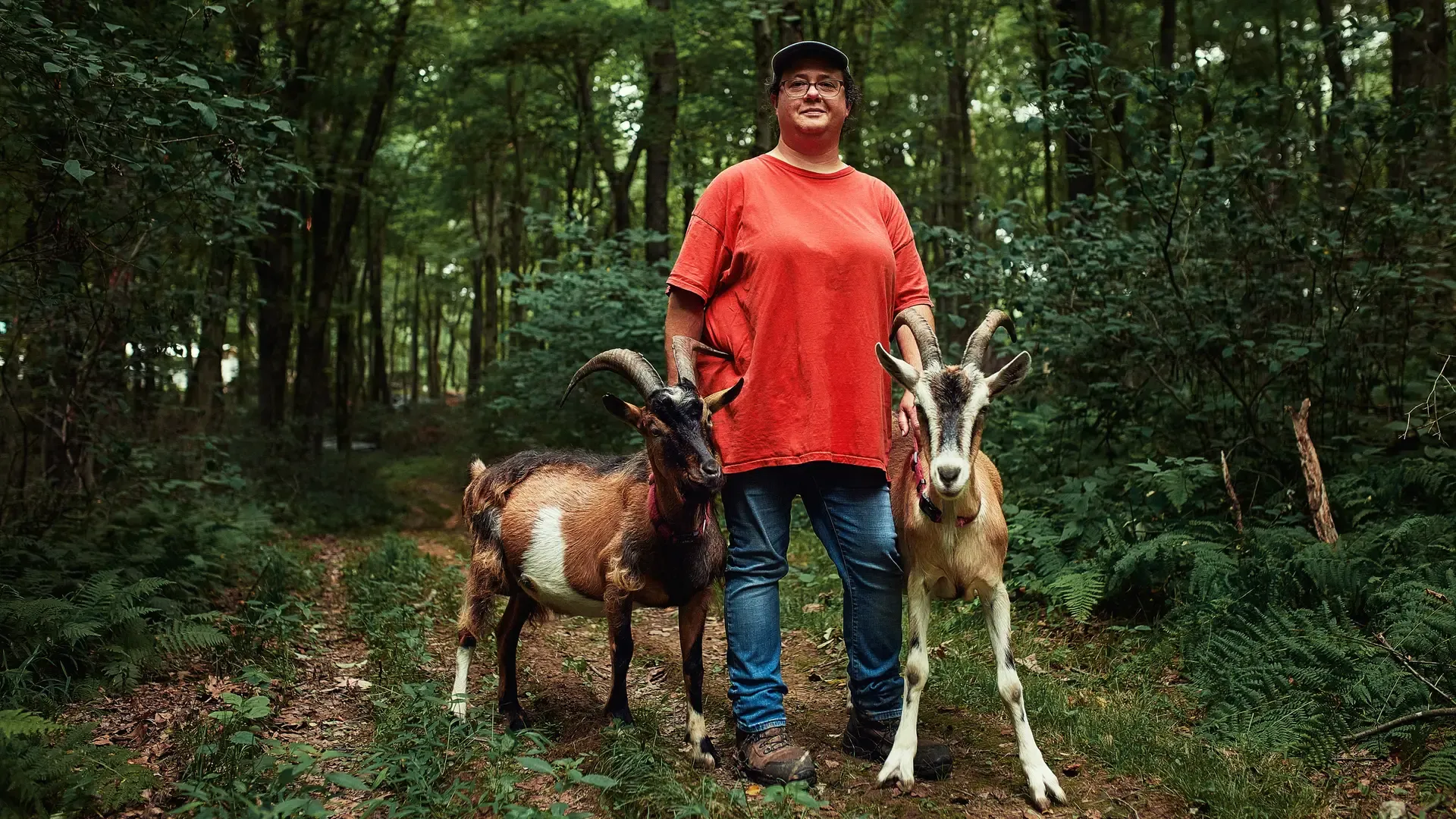
March 25, 2025
Goats, Trees, & Community: the Power of Family Forests
The Family Forest Carbon Program has connected Monica with a forester who helps her navigate how to use her land more sustainably. Landowners often fear that enrolling in a carbon projects limits the way they can use their land, but Monica is proof that a property enrolled in FFCP can be just as versatile as any other.
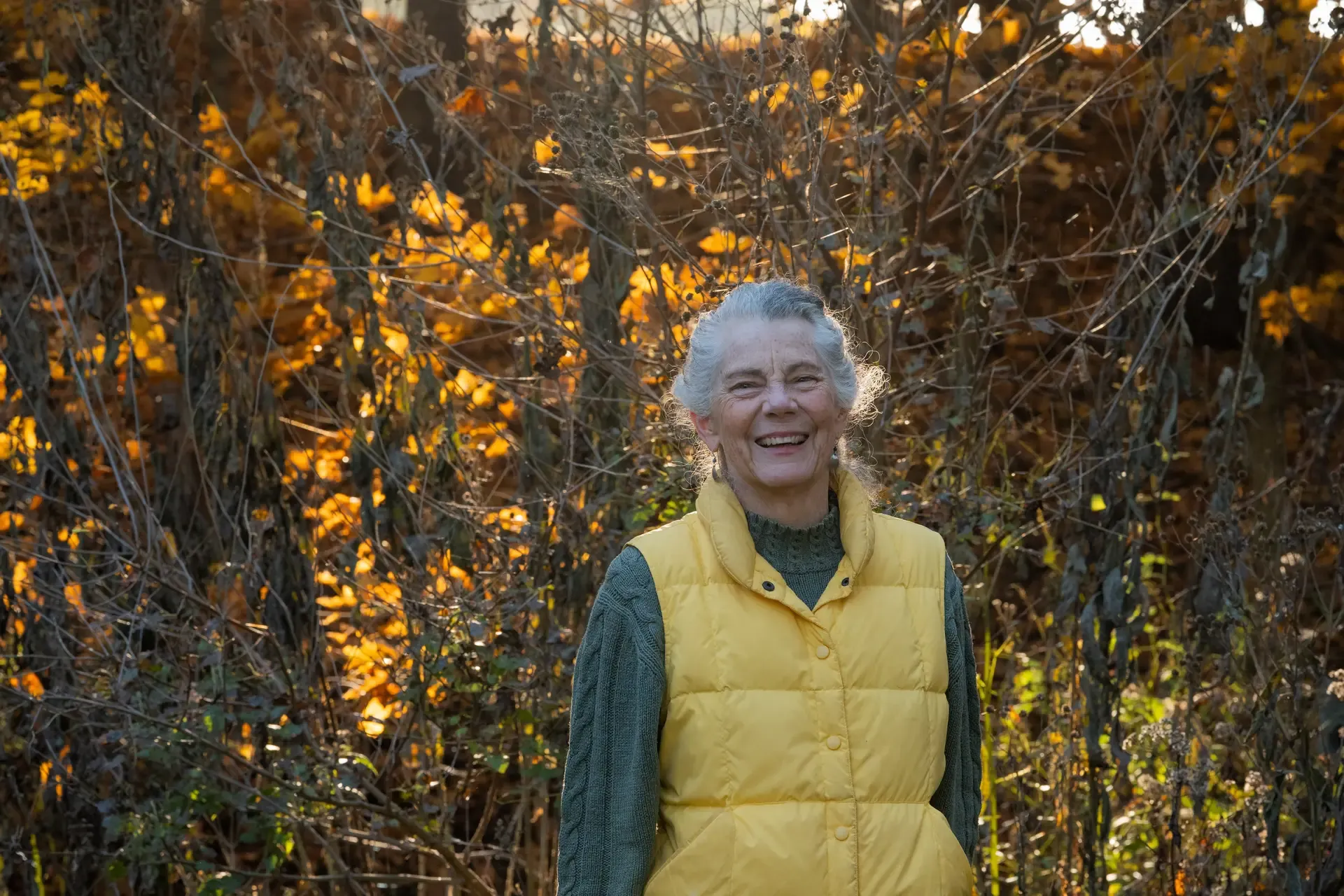
January 3, 2025
A Forest Full of Surprises
A hidden wildflower field, butterflies dancing among the ironweed, and beavers hard at work building their new home. Pennsylvania landowner Kathy McClure’s property is full of small surprises that come together to create a magical place for her family.